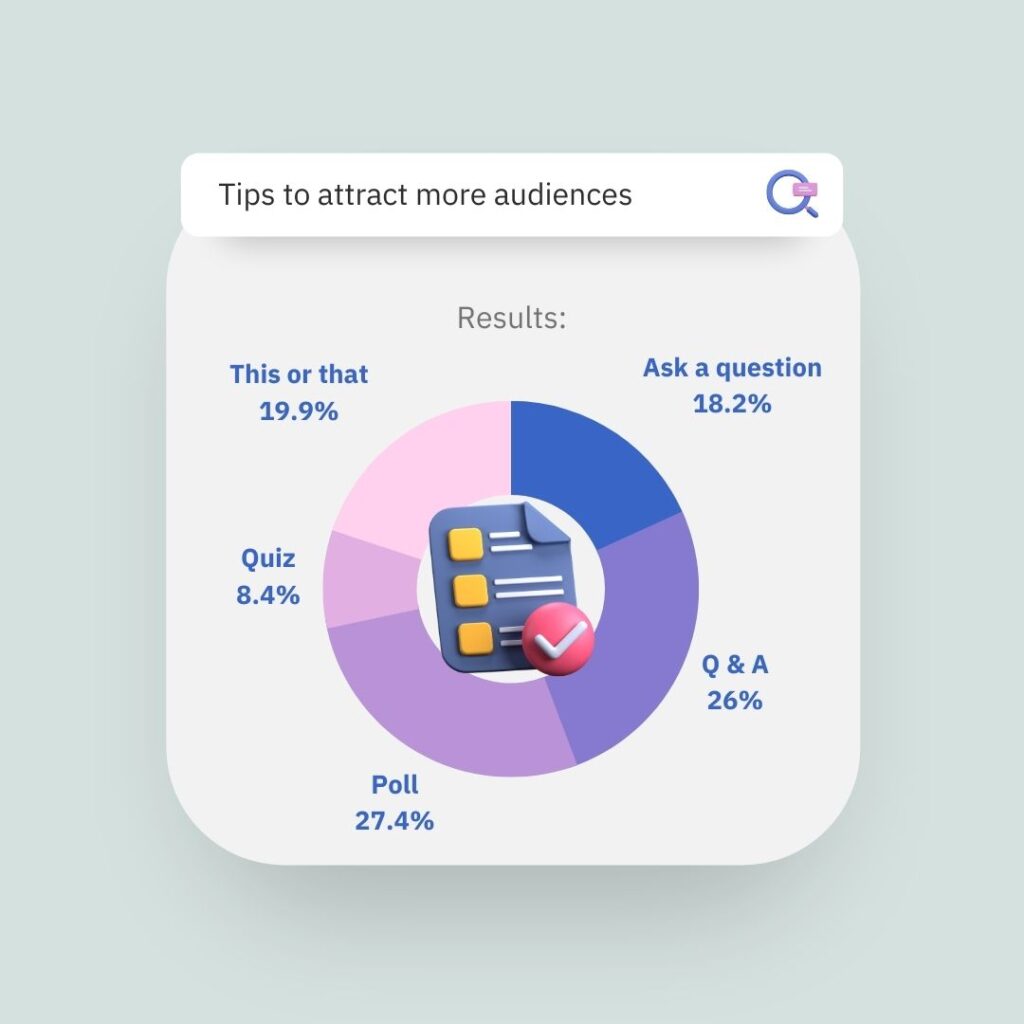Qualitative research is a method of inquiry that aims to understand complex social phenomena by exploring the subjective experiences, perspectives, and behaviors of individuals or groups.
It is a non-numerical approach that emphasizes the interpretation and analysis of data collected through interviews, focus groups, observations, and other methods that involve direct engagement with research participants.
Qualitative research uses non-numerical data, such as visual records, audio, and text to understand concepts, experiences, and views.
In this article, we will discuss the core benefits of qualitative research, its disadvantages, and how it differs from quantitative research.
Difference between Qualitative research and Quantitative research
Quantitative research depends on numerical data and statistics for gaining information. It can be used to identify trends and averages, develop hypotheses, investigate causality, and draw a conclusion findings to larger populations.
Quantitative data is information that is expressed as counts or numbers, each of which has a specific numerical value. Researchers for statistical analysis and mathematical computations used this data so that they can derive practical conclusions.
Quantitative Research Benefits
- As it involves numbers and figures, the data collected through quantitative research can be tested and is more reliable than any other data.
- There are fewer chances of errors in the outcomes of quantitative research.
- Most people don’t understand the Maths involved in such research, which makes it impressive and valuable.
Qualitative research helps to clarify ideas, experiences, or concepts. You can gain comprehensive knowledge of poorly understood subjects by evaluating texts, videos, and audio data through qualitative research.
The information which cannot be measured, counted, or simply expressed as we know numbers as qualitative data. We can collect this data with the help of data visualization tools like infographics, word clouds, timelines, graph databases, and concept maps.
Advantages of Qualitative Data
- Examines human behaviors.
- Involves critical questions and discussions.
- Cost-effective.
- Easy to do in-depth analysis.
- Extremely Flexible.
Cons of Qualitative Data
- Time-consuming.
- Creates arbitrary data.
- Involves high levels of repetition.
- Limited to the knowledge of researchers.
- No statistical representation is involved.
Now let’s understand the Advantages/Disadvantages of Qualitative and Quantitative Research:

Advantages of Qualitative Research
1. Provides In-depth Analysis
As qualitative research is not just limited to polls or surveys, it can provide a more in-depth analysis of data. It uses a conversational style instead of collecting fixed responses from sources.
It collects data more openly through conversation because it does not rigidly follow a predetermined set of questions.
2. Observes Feelings and Emotions
As it is easy for humans to hide emotions or feelings while responding that why it is quite hard to detect true behavior with the help of quantitative research.
We can only understand these small details through direct communication with a subject. These unsaid details can help you make observations that are more precise and insightful.
3. Allows Open-ended Questions
By conducting semi and unstructured interviews, the researchers can inquire freely about any matter they consider important or have never considered before.
Qualitative research methods produce data that is more reliable and accurate because it is based on the thoughts, ideas, and prior experiences of the research participants. Rather than ticking boxes, the respondents can take their time to reflect and thoughtfully respond to the questions.
4. Affordable
We frequently used the qualitative method in focus groups because it is quick, inexpensive, and efficient.
You can gather a few people around a table, pose specific questions to them, and then quickly receive the desired responses. In this way, you can get the required result with just one idea instead of involving lengthy studies.
5. Provides Useful Content
We frequently preferred facts over opinions in research. Unlike traditional research, qualitative research follows a different path. In this research, respondents don’t answer questions that will only please the researcher.
Instead, respondents are encouraged to be authentic, and this originality becomes marketable for the researchers. Hence, the information collected through this research has a higher accuracy.
Disadvantages of Qualitative Research
1. Limited Usage
Qualitative Research uses a small sample size while conducting research because of its nature. This shows that while a brand may gain valuable insights from an interview result or focus group, those findings are unique to each respondent.
So, it is necessary for brands while selecting an approach for the study, to think about how they intend to use their findings. If they want to evaluate the market opportunities that include a larger population, they should go for quantitative research.
2. Time-Consuming
As we can generate many social data points which are quite useful for social scientists but there is a drawback that researchers must also consider. Determining and segregating useful data from this large amount of information can be time-consuming.
3. No Statistical Data
The qualitative research method does not currently provide statistical representation. It can only provide views and information that do not require any statistical data.
Hence it is best for research in which numbers are not important because, with this type of study, responses are typically impossible to measure.
4. Difficult to Validate Data
As it involves individuals in collecting data and information so it is difficult to prove the validity of collected data through this research. The human mind frequently recalls information in the manner in which it needs and wants to recall it.
Humans always cherish their memories even if some unpleasant incidents are associated with them. It is challenging for researchers to show the validity of their data because of our instinct to see the positive side of things.
5. Can Be Biased
As the entire process of qualitative research is based on the knowledge of the researcher so it involves a chance of being limited or biased.
Besides the possibility of biased researchers producing manipulated results, there is also the possibility that the results themselves may be biased.
This manipulation does not need to be necessarily conscious but it can be unconscious as well. If a researcher lacks complete knowledge of a specific subject, it is impossible to interpret the data accurately.
Methods of Qualitative Research
The purpose of using qualitative research methods is to better understand how a target audience behaves and views a subject. Here are the following methodologies used in qualitative research to gather the required information and data.
1. Individual Interviews
One of the most popular techniques for conducting qualitative research is conducting one-on-one interviews. In this way, researchers can collect precise information about people’s thoughts and motivations.
We can conduct these interviews in person or over the phone, and they typically last an hour or longer. In a face-to-face interview, the researcher can also observe the facial expressions and body language of respondents which can help in understanding their emotions.
2. Focus Groups
They held focus groups with 6 to 10 participants in a discussion-style environment. The moderator’s job is to oversee and steer the conversation based on the most important questions.
Based on the required qualitative data, we selected the participants that have something in common.
A group of ten people is effective if the participants have average knowledge of the subject. However, if the subject experts are included in the group, a group of 6-7 participants is enough.
3. Record Keeping
Keeping records is like visiting a library as you have to look through books or other reference materials to gather relevant information. In this method, the most reliable documents, books, and other sources are used for collecting data.
4. Case Studies
Over the past few years, the case study approach has developed into a useful qualitative research technique. We normally use it in social sciences or education.
As it requires a comprehensive knowledge of the information collection techniques and summarizing the data, this method may appear difficult to use but is actually one of the easiest ways to conduct research.
5. Observation Process
Observation is the most famous technique for gathering qualitative data. In this method, the researcher simply watches the participant’s behaviors in a natural environment.
They keenly observe the actions and monitor their reactions. This approach focuses on the five main senses i.e. sight, touch, smell, hearing, and, taste, and also on how they work.
6. Ethnographic Research
Ethnographic research is the most detailed observational technique for observing people in their natural surroundings. This approach seeks to understand the cultures, difficulties, motivations, and environments that exist.
Geographical limitations can be a problem when gathering data for ethnographic research because the researchers have to collect data from different environments. That’s why it is a quite costly technique as compared to other qualitative research methods.
The duration of the study can range from 1 to 2 days to several years. It takes a lot of time and effort to collect data from this method. The analysis and conclusion of data through this technique totally depend on the skills of the researcher.
FAQs
How do you determine whether a study is quantitative or qualitative?
If a larger number of participants (over 20) are involved in the research, it is most likely quantitative research. The qualitative study involves behavior and feelings and the quantitative study involves numerical data.
What are the drawbacks of qualitative research?
Qualitative research is more difficult to conduct, less interpretable, and cannot include a large sample size(population).
What are the qualitative research characteristics?
Several key features, which include: characterized qualitative research
- Open-ended nature
- Non-numerical data
- Emphasis on interpretation
- Focus on context
- Use of subjective data
- Iterative process
Final Words
We can do qualitative research through several techniques and involves non-numerical data. In gathering information that does not require statistical representation, qualitative research is the way to go.
It can also gather information related to human emotions and feelings which is impossible in quantitative research.
However, separating useful information from the data collected through this research can be time-consuming, and it is also ineffective for data collection from a larger population. We hope you enjoy the benefits of qualitative research.
Read More Statistics about Qualitative methods used in the market research

